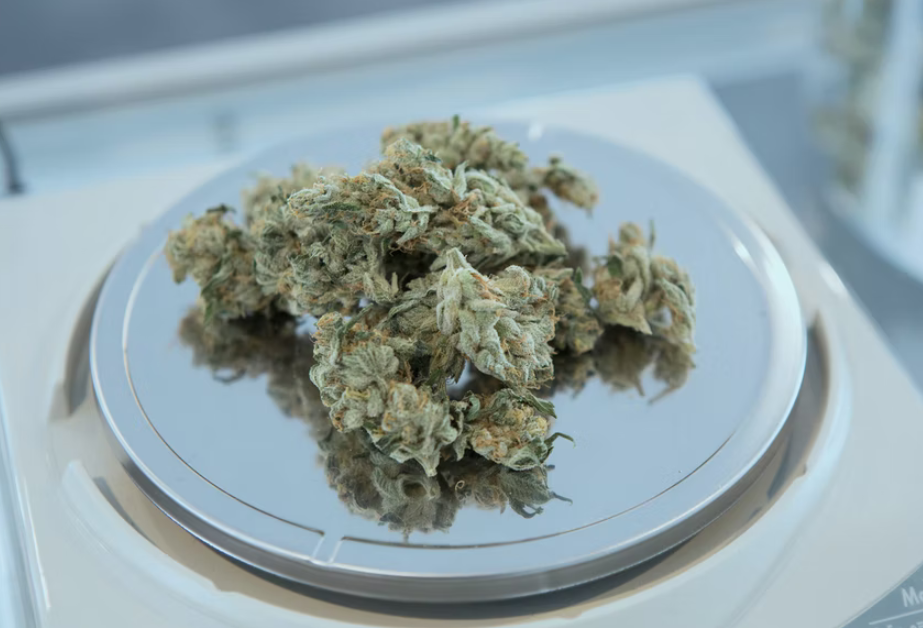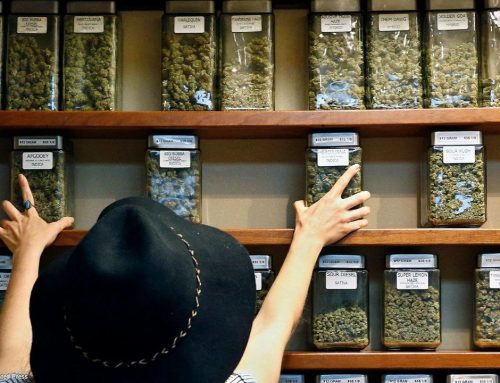Minnesota Tests New Saliva-Based Roadside Cannabis Impairment Assessment
LOS ANGELES- In a groundbreaking move, Minnesota’s Office of Traffic Safety (OTS) has initiated a pilot program to test a saliva-based roadside cannabis impairment test. This innovative approach is designed to enhance the state’s capabilities in identifying drug-impaired drivers. The pilot, as reported by FOX 9, is a significant step towards understanding and curbing drug-impaired driving.
The saliva test is engineered to detect six different compounds, including cannabis and opioids, providing a broad spectrum of drug detection. Mike Hanson, the director of OTS, emphasized the test’s objective in a statement to FOX 9: “We are not targeting individuals who consumed cannabis or opioids days ago. Our focus is on identifying impairment due to recent use, specifically within a few hours prior to testing.”
Crucially, the program’s structure is centered around data collection rather than punitive measures. Participants in the pilot will provide saliva samples voluntarily, with no consequences such as arrest or driver’s license suspension. This approach aims to foster a cooperative environment between law enforcement and the public, ensuring a focus on safety and research.
Hanson further highlighted the geographical reach of the program, stating, “We’re aiming for a comprehensive data set, encompassing both urban and rural regions of Minnesota. This will offer us a clearer picture of drug-impaired driving prevalence across the state.”
The testing devices, namely the SoToxa Oral Fluid Mobile Analyzer and the Drager DrugTest 5000, will be distributed to drug recognition evaluators. These specialized law enforcement officers are trained to identify impairment caused by substances other than alcohol.
The need for such a program is underscored by the rising incidents of drugged driving in Minnesota. State data reveals a significant increase, with 15,810 drugged driving incidents recorded from 2018 to 2022, a notable rise from the 8,069 incidents reported between 2013 and 2017.
As Minnesota embarks on this pilot program, it sets a precedent in addressing drug-impaired driving through innovative and non-punitive methods. The outcome of this pilot could influence future policies and practices not only in Minnesota but potentially across the United States.



































